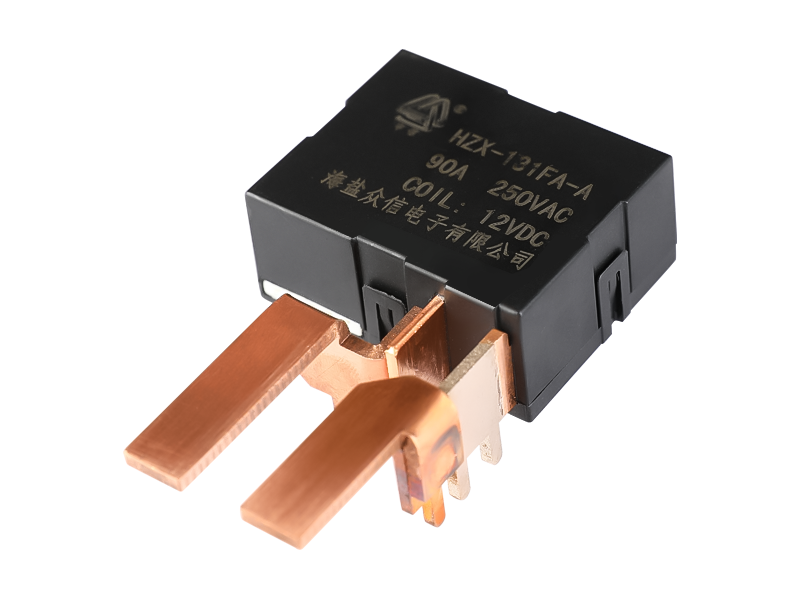An
electromagnetic relay operates on the principle of electromagnetic induction. It is composed of two or more electromagnets connected together by a relay coil. A static iron core is then inserted between the two electromagnets. An electric current is induced in the magnetic field generated by the coil in the electromagnet. This current induces rotation of the cup.
An electromagnetic relay has two states, the first being normally closed and the second being normally open. When the coil is not energized, the contacts are closed. When the coil is energized, the contacts are opened. This is the "on" state. The contacts of the relay are moved back and forth between one another to switch the current.
The external appearance of an electromagnetic relay depends on its type and configuration. In simple form, it resembles a measuring device or a vacuum tube. Its contact points are highly sensitive. A movable iron armature is attached to a permanent magnet with a spring. The magnetic circuit is completed with two sets of contacts.
In order to operate an electromagnetic relay, you must make sure that you understand the characteristics and functions of its components. You must first determine the maximum voltage that the coil requires to operate. The voltage can be either AC or DC. You should use a multimeter to determine the coil voltage and resistance. Another important factor is the coil current. The coil current must be slightly larger than the pull-in current. Moreover, you should check that the working voltage does not exceed 1.5 times its rated working voltage or else it may burn out the coil.
Another important consideration when choosing an electromagnetic relay is the load it must handle. Overloading a relay will result in its life expectancy being shorter. Moreover, the contacts may fuse together and cause a dangerous situation. You should use a multimeter in continuity or buzzer mode. Then, connect the probes to the NO and COM terminals.
Electromagnetic relays are usually powered through a coil that is made of wire or copper. The coil is wound in the shape of a helix and produces a magnetic field when it is powered. In addition, they are also used in automatic control circuits. The use of an electromagnetic relay is an essential component of electronic technology and electrical engineering.
Electromagnetic relays are classified by size and shape. Some are soldered to a circuit board while others may be plug-in or screw-terminated. The type of relay you choose should match the needs of the application. The size of the relay must also be appropriate. It should be compatible with the circuit board layout and other important factors.
An electromagnetic relay is a simple device that controls a high power or voltage circuit. It is used for communication, remote control, and automatic control. A relay consists of a high-voltage input and a low-power output circuit. It was first used in telegraph lines. It was able to control a contact by detecting a weak signal at the intermediate station and regenerating the signal for transmission. Relays can also be controlled by a low-power device, called a pilot switch.

90A switching capability
Very minimal power consumption from the coil
9mm creepage distance
4KV dielectrics strength coil to contact
In accordance with IEC62055-31:UC2
Outline dimensions:(36*30*16.5)mm
CE,CQC compliant
RoHS,UL compliant







